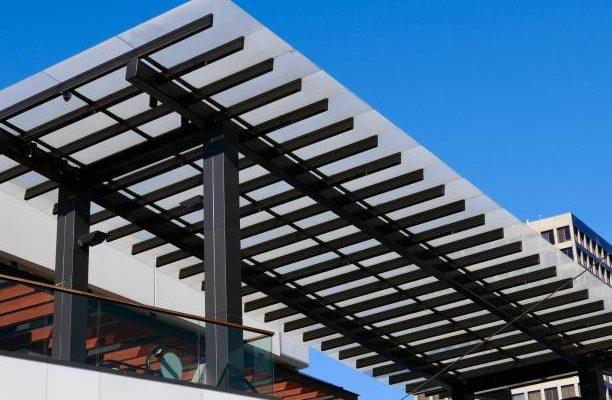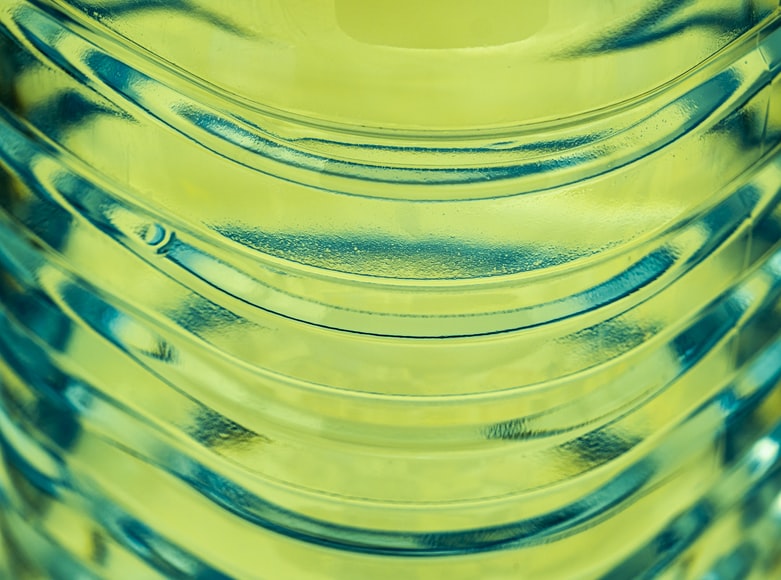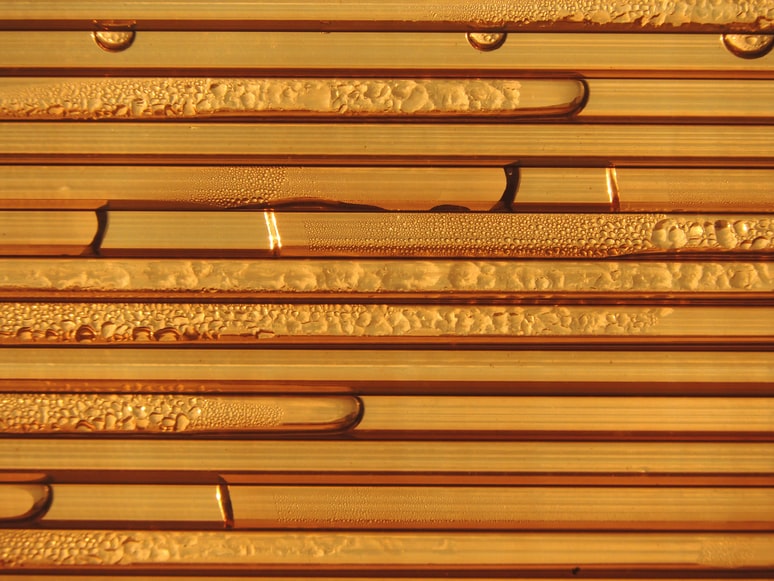Polycarbonate is a plastic made from materials including bisphenol A (BPA) and phosgene. It has many uses, such as in eyeglasses, DVDs, compact discs, laboratory equipment, automotive components, and water bottles. Polycarbonate is also used in safety products such as helmets, shields, and armor because it is strong and shatter-resistant. Let’s explore all of its useful traits.
Polycarbonate 101
Polycarbonate is a very important material in today’s world. It can be synthesized by combining bisphenol A (BPA) and phosgene under heat, pressure, and an alkaline catalyst. This key combination forms polycarbonate, which is heated until it melts into the semi-liquid state needed for injection molding. This allows it to be molded into its many useful forms and cut, a process you can learn more about at https://shapesplastics.com. To begin with, polycarbonates are clear like glass due to their transparency. They are sturdy, making them excellent for use in products that require high resistance to impact. The material is also resistant to corrosion and acids.
Polycarbonate in Glasses and DVDs
One of the most important uses of polycarbonate is in glasses. When it comes to spectacles, nothing compares with polycarbonate lenses. They are lightweight, thin, high-impact resistant, and shatterproof. The glasses can be made into any shape or size that the wearer wants without compromising strength. Moreover, they offer 100% protection from harmful ultraviolet (UV) rays and unlike glass, lenses do not produce optical distortions such as prismatic distortion. To create it into glasses, the process of manufacturing includes creating large sheets, then heating them, and blowing them into molds that are made to fit the frames of glasses. Frames are heated so they hold the shape better, placed on the lenses with polycarbonate between them, and sealed together. Finally, spectacles are polished so they look good. Polycarbonate also has many other uses including in DVDs and compact discs because it resists smudging and scratching, laboratory equipment because it withstands high temperatures, acids, and bases, automotive components due to its high impact resistance, water bottles because they don’t break easily when dropped, and helmets because they are lightweight.
Shatter Resistance
The most useful property of polycarbonate is its shatter resistance. If it shatters, it does so in small pieces without sharp edges. Polycarbonates are transparent, strong, heat-resistant, corrosion-resistant, and have low flammability properties. These make them excellent in products that require high resistance to impact or substances used against them. The material is also resistant to acids and bases which makes it easy to work within laboratories where different types of chemicals are present at all times. With the wide range of uses for polycarbonate such as DVDs and laboratory equipment such as pipettes, many consumers will continue using this versatile product for years to come making the world a better place.
Automotive Components Made From Polycarbonate
One of the important uses of polycarbonate is in automotive components. The material can be used to create air conditioning vents, windscreen wiper blades, aerosol sprays, liquid packaging for car-care products, fuel tank caps, and interior trims. Polycarbonate’s excellent properties are what make it so useful in different areas such as its high impact resistance meaning that parts made from this material are unlikely to break or crack when they come into contact with other moving parts during everyday use. Moreover, polycarbonates can endure extreme temperatures which makes them perfect for making vehicle components that are required to work both in hot and cold climates. It’s no wonder that car companies prefer using it for most of their plastic components because of all the benefits that this material presents.
Polycarbonate in Touchscreens
One of the best uses for polycarbonates is in touch screens because it provides the same properties as glass but is more durable. Since they are shatter-resistant, they can be made into ultra-thin sheets which are lighter than glass. This gives them an edge over glass because touchscreens made from polycarbonate are also flexible which allows them to easily bend at angles without breaking or cracking. Another benefit of using polycarbonate compared to other materials such as sapphire crystal is its cost-effectiveness making it perfect for large-scale production of items like smartphones and tablets where hundreds of thousands if not millions can go on sale all over the world every year.
Polycarbonate is a versatile and useful material that can be used in many different fields such as medicine, transportation, and consumer products. This makes it extremely popular with consumers around the world who enjoy all the benefits this type of material brings. With that said, this is why we can expect to see more and more products made from this versatile material soon.












